Howdy, everybody! It’s another week, so we’re back again with more half-baked musings and inessential comic book history. We saw another uptick in subscription numbers here this past week, enough to put us past another milestone point. So I’d like to personally welcome this feature’s 1500th subscriber, Matt J Meyer, who signed up this past week. Welcome, Matt! It turns out your impulse decision was of greater significance than you may have imagined!
So I guess this is the week that all of the original comic book substack pages have gotten to the end of their initial one-year commitment and need to change up their subscription plans to adjust to the fact that they are no longer being subsidized by a large monetary grant from the organization. And so, not wanting to be left out of the pack, I too have had to reconsider what my efforts here are worth and how much I am charging you all for such weekly wonderment. And sadly, I have come to the conclusion that I must immediately and permanently double my prices. That’s right, this feature will continue to come to you absolutely free, but now it’s going to cost you twice as much freedom as before! There’s no sense arguing, I’ve run the numbers, and this is the only way we can continue in this labor-intensive format. So spare me your whining, and thank you for supporting these efforts over these past few months.
As usual, we had a few folks in the comments this week who had questions to answer. So let’s get into that now. First up is Neil Sobleski with not so much a question as some additional information.
One comment on the Everett page that might be of interest to your readers; it is currently displayed at the Columbus Center of Science and Industry (COSI) museum through Labor Day as part of the wonderful Marvel: Universe of Super Heroes exhibit. Looking at the page up close, you can definitely appreciate the wash-like effect of the grays that you mentioned. The whole exhibit is wonderful, with so much original art, but it was truly a privilege to be able to look at that page up close.
You are absolutely correct, Neil! That traveling Marvel: Universe of Super Hereos exhibit is amazing and really should be experienced if it comes to your area. And this also gives me the opportunity to talk a little bit about the fact that I got to attend (and help open) the predecessor to that exhibit Marvel: Age of Super Heroes some years back in Japan. They too had a golden age Bill Everett Sub-Mariner page on display, though not the same one and not quite as early in the run of the strip.
I took a bunch of photos from that now-disassembled exhibit, so if people seem interested, that’s something that I may be able to share more of in the future. (While photography was generally not allowed, as a visiting Marvel dignitary, I was permitted to take pictures of pretty much all of the exhibit.)
Next is JV, who follows up on our comments about the late Mark Gruenwald:
My question pertains to his link to another Marvel fav of mine - Roger Stern- and the truncated Avengers run which seemed to stem from a difference of opinion in regards to Cap Marvel (Monica Rambeau) and the return of Cap Steve Rogers as the leader - why was this acrimonious enough to cause Stern to leave?
Not looking for controversy just sincerely saddened that run was truncated and it seemed like Stern then moved to DC full time for years. Didn't Stern have a good relationship with Mark Gruenwald and editorial?
Any insights you can share?
Well, JV, I wasn’t there when this whole matter went down. So take this all with a grain of salt, as everything I know is second-hand at best. But I did start as an intern only a few months after it had, and I also inherited Mark Gruenwald’s AVENGERS files after he passed. I’ve heard a few slightly-different accounts of this situation over the years, so some of it depends upon where you stand. As I understand things, it went something like this:
First off, it’s worth understanding that the latter portion of that AVENGERS run wasn’t all that harmonious. As attested to by several letters in Mark’s files, artist John Buscema wasn’t drawing Roger’s stories to his satisfaction, deviating from the plots in ways that Roger didn’t like, though Gruenwald often found them acceptable. Mark had come up under Roger, Stern had been something of a mentor to him, and so the sense that I get is that Roger felt he had some “hand” in the relationship. Apparently, there were a few interlocking factors that contributed to what happened. These included: sales on AVENGERS were beginning to drift downward a bit, Mark as the CAPTAIN AMERICA writer was inclined to want to be able to use the AVENGERS staff and assorted characters as players in his series as well, and an overall feeling that Stern had been favoring his creation Captain Marvel to the detriment of other characters within the series. In any event, at one point Roger came into the Marvel offices in order to sit down with Mark and chart out the storylines for the next year. And this is where everything came to a head. Mark raised his concerns with Stern, the two of them talked about ideas, and together they laid out a game plan to address the situation that would take place. But once he’d arrived home and had time to think about it, Roger determined that he didn’t agree with the plan that they had laid out, that it compromised too much of what he wanted to do on the book. So he wound up calling Mark and leaving a message to that effect on Gruenwald’s answering machine. Having just spent a full working day planning out the storyline, Mark wasn’t inclined to want to change it around to such a degree after the fact, and so the two came to loggerheads and parted ways. Mark wrote about this at some length in a trio of columns that he ran on the AVENGERS letters page following Stern’s departure. I’m not sure whether or how much Stern has spoken about it publicly. But it seems like it was just one of those things, and the culmination of a volatile situation that had been brewing under the surface for some time.
Next, Nacho Teso asked about Chip Zdarsky’s favorite subject, Chip Zdarsky:
So, he writes Daredevil, but he is also writing Batman now. How do you manage that from an editorial point of view? I mean, he is writing what's arguably the Top 1 title for the rival company. Does it weigh on what projects do you assign him? Is there any fear that he goes the DC-exclusive way? In the last few years it seems like DC has hired more exclusive talent than Marvel, and from a fan-perspective it doesn't sound crazy to me that the trend may continue.
The practical reality is that it doesn’t really affect things all that much on a regular basis, Nacho. So long as Chip (or whomever) fulfills the terms of their assignments with Marvel they are free to work on whatever else they like in whatever other time they may have, be it PUBLIC DOMAIN or BATMAN. The only real caveat to that is if the talent in question have an exclusive agreement with Marvel or with some other company. My concern is much more about what Chip may be able to bring to his Marvel assignments and less about BATMAN. And sure, DC could offer Chip an exclusive contract tomorrow, but that was true even before he started working on BATMAN. If that happened, and it meant that he had to come off of DAREDEVIL, that would be unfortunate. But DAREDEVIL would survive. And the opposite is also true. I want people working on our titles that want to be working on our titles. and it falls to each individual to manage his or her own career and to make the best choices for them.
Nacho also asked:
You said this. "I long for the days when there were decent comic book news sites, as there really isn’t anywhere to get a solid sense of the reaction to a project anymore." I wonder if you could go into more detail about this. To be totally honest, I write and do podcast for an spanish comic-book website, so I'm really interested on what someone from the inside looks into in comic-book websites. What do you miss? What is lacking these days?
Well, I don’t think there’s any central hub any longer for good, reliable comic book coverage as there had been in the past. Years ago, first Newsarama and then Comic Book Resources were pages that covered comic books in depth and provided both news, cogent reviews (most of the time) and historical analysis of the field. And consequently, that’s where people went to get their information. But today, both of those sites have been purchased by new owners who have turned them into listicle publications. Nothing wrong with that, it’s definitely the way to maximize profits on a page such as that. But what this has come to mean is that most of the features that are released on those pages and others like them are a bit shallow and often ill-thought-through. They’re blog entries, not news pieces or critical commentary. They offer greater numbers of articles but less substance in each one. And consequently,. the focus of their audience has changed. In addition, it’s clear that comic books aren’t really the lifeblood of those pages any longer—rather, the prime focus that attracts more eyeballs has become comic book media releases and related matters—anime and science fiction and historical television series and so forth. All of which is great, but as a place to go to find out current news and information about comic books, they aren’t really the sort of destination spot that they once were. (Again, no fault there, those sites are free to do whatever they think is best to grow their readership and to remain solvent.) Consequently, the hardocre audience is also scattered, and all looking in different places for the coverage that best serves them (or best reflects their own tastes and interests.) This is nothing new, WIZARD magazine put AMAZING HEROES out of business and then itself failed when the fan traffic shifted to online news sites. But consequently, I am looking for that new thing that will fill the void, assuming anything ever comes along and does.
Frequent writer Evan “Cool Guy” asks:
What was your biggest comic-related/professional FEUD?
Well, I want to hope that I don’t have one, Evan. While there are certain creators who have burned me over the years in such a way that I don’t ever want to work with them again, that’s really the extent of matters. I don’t wish them any ill per se, and if some othe editor at Marvel wanted to hire them, the most I would ever do would be to relate my past experiences and let them judge for themselves.
Ahh, that’s not really true, my biggest comic-related feud is with Marvel editor Nick Lowe. It began when we worked on AVENGERS VS X-MEN a decade ago, and I see no reason to drop it now. That guy sucks. (But AMAZING FANTASY #1000, which he put together and which drops in a few weeks, is great! Even Nick couldn’t befoul it!)
Finally, one last matter from Jason Holtzman:
In relation to the passage about Spider-Girl, have you worked on any books that surprised you with better sales numbers than you hoped? Is this always a welcome situation, or can organizing the adequate time/resources to suddenly keep a series going prove difficult?
Yes, it is always a welcome situation when a project performs better than expected. That means that people are reading and enjoying it and that consequently, money is coming in to keep the lights on and cover the business’s overhead. And if we’ve gone to the trouble to launch a project, we’re pretty well committed to keeping it going if it proves to be a success. The only real exceptions might be things such as DARK AGES, which performed really well but (as Nacho feared earlier) whose writer Tom Taylor went exclusive with DC In those cases, we have a decision to make: do we continue/follow up on the project with other creators, or are the people who made the original work endemic to its success. Depending on the series and the circumstances, we’ve pursued both approaches in the past to an assortment of outcomes.
Behind the Curtain
.Somebody was asking about the sorts of notes that I might give back to a creator these days a while ago, and I promised to share an example if I could lay hands on one. And so I have. The page below is from the story “So White, Yet So Dark” in MOON KNIGHT BLACK, WHITE & BLOOD #1. It was written by Murewa Ayodele and illustrated by Dotun Akande, and it was the first bit of work that they had done for me. They had sent me a copy of one of their digital vertical comics right when I was beginning to look for contributors for this anthology project, and since I like onboarding new talent to Marvel, I gave them an opportunity. The finished story was well-received by readers, and they’ve since gone on to do more for us. But that doesn’t mean that there weren’t any comments along the way.
After a script for the story had been written and finalized, Dotun sent over layouts for all of the pages. This is his original layout for Page One. And I had some problems with it. The unrelenting horizontal panel arrangement meant that often the figures were popping out of the panels awkwardly, in particular Spider-Man in Panel 4 (who is largely in Panel 3 as well) and again in Panel 5. I didn’t think this worked as it should.
So using the crappy and half-assed digital manipulation skills that I possess, I cut up Dotun’s page and made this crude mock-up to illustrate what I was talking about and how I thought the panel flow would work better. In place of all horizontals, I replaced that section with four square panels and suggested using the repetition of size and shot as a narrative device, especially across Panels 3 & 4 as Spidey drops into frame. This whole mock-up is sloppy as hell, but it helps to get the point across visually.
After a conversation, Murewa and Dotun agreed with following through with my solution, and Dotun revised the page like this. There’s still a little bit of wonkiness—I wish that we had shifted Spidey left a hair in Panel 4, for example, to get him more off the panel border. But when you’re working on monthly comics, you need to be able to make quick snap decisions that are right—if you’re too precious about this sort of thing, your books are going to run late and then there’ll be larger problems.
And here is Dotun’s finished page. He provided the colors (limited to reds in this project) as well as the black and white tone art. It’s a very nice page, and reads instinctively, which is what I want a page of a story in one of my titles to do. I love that little FLIP! in Panel 5, a nice touch.
Pimp My Wednesday
Comic books! We gotcher comic books coming at’cha this Wednesday!
The AVENGERS 1,000,000 BC Special is the payoff to a plot point that’s been causing some ripples among certain characters’ fandoms since it was first introduced in AVENGERS: just what involvement did the Phoenix have in the birth of Thor? This Special reveals everything, while simultaneously helping to tee some plot points up for the big climax to the storylines running in AVENGERS and AVENGERS FOREVER. It’s written by Jason Aaron, of course, and illustrated by Kev Walker, who gives the work a legitimately gritty and grounded flavor. Kev is always at his best when he’s a bit removed from typical super hero stories—he came up through 2000 A.D. and similar British publications, so he’s very much at home with science fiction and high adventure themes. The painterly Dean White handles the finished color art.
Elsewhere, AXE JUDGMENT DAY continues to unfold in the pages of AXE: DEATH TO THE MUTANTS #1. This is where the Eternals’ side of the conflict will be spotlighted, and its events intersect with the main series seamlessly. Which is what you’d expect given that the book is written by Event mastermind Kieron Gillen. Kieron is a very smart, savvy writer with a way of reaching an unexpected emotional punch that gives the payoff in his stories some nice snap. Visuals are provided by Guiu Vilanova, who worked on the ETERNALS series with Kieron previously. This issue also contains the final work of colorist Dijjo Lima, who passed away unexpectedly soon after completing work on this issue. There’s a small tribute to him included in the book.
And after some time away, ULTRAMAN is back! It’s a new limited series, THE MYSTERY OF ULTRASEVEN, introducing another of the Tokusatsu Ultra Brothers to the world of American comic books. As with the previous two ULTRAMAN series, RISE OF and TRIALS OF, this book is written by the tag team of Kyle Higgins and Mat Groom and illustrated by Davide Tinto. As with our previous lanches, this oversized first issue also includes an ULTRA Q back-up drawn by David Lopez that fills in some of the gaps in the history, as well as a pair of Kaiju Steps features illustrated by Gurihiru that are almost worth the price of admission in and of themselves. While I’m something of a tokusatsu fan, I’ve never really been a big follower of the ULTRA-shows, but working on this series with Tsuburaya and Starlight Runner has been quite enjoyable for everyone, and I hope that comes through in the finished books.
And in the world of online, Jeremy Adams and Stefano Raffaele wrap up their two-part Hawkeye adventure in AVENGERS UNLIMITED that sees the ace archer transported to a far-off fantasy world which can only be saved through his efforts. It’s a very entertaining chapter, and one that showcases Hawkeye’s particular skills along with his ever-present bravado.
A Comic Book On Sale 80 Years Ago Today, August 14, 1942
Here is maybe an obscure choice for the week, yet not so obscure that I didn’t already write relatively extensively about it here. While it wasn’t cover-featured, one of the more popular strips that ran within the pages of PRIZE COMICS was Dick Briefer’s FRANKENSTEIN series. It took the character of the monster of Frankenstein and moved him into the present, where he ran amok and was opposed by a succession of detectives and crime-fighters who simply couldn’t match his sheer physical power and cunning malevolence. But the strip was on the verge of a seismic shift—it would soon transition into becoming a long-running humor series. And the story in this issue set the stage for that gradual transformation, while also representing one of those rare instances of a crossover during the Golden Age. In the story, Frankenstein’s running adversary Bulldog Denny has been called to service in Washington DC to help aid the war effort. But before he goes, understanding the threat that Frankenstein poses to all civilized citizens, Denny assembles all of the lead characters of the other strips in PRIZE COMICS into a task force with the common objective of seeking out the monster and destroying him. This one-off ersatz Justice Society of America was made up of the Black Owl, Yank and Doodle (patriotic brother crime-fighters), the mystic Green Lama, the frigid Doctor Frost, and the General and the Corporal, the lead characters in a humor series. In the space of 8 pages, this crew does what Bulldog Denny and his predecessors haven’t been able to accomplish in two dozen issues: they defeat Frankenstein. Next month, the monster will undergo plastic surgery to improve his appearance as well as psycho-therapy to improve his mentality. There’ll be some bumps along the way—notably when the Axis powers abduct Frankenstein and brainwash him back into his old homicidal behavior. But the horror was giving way for humor, and that trend couldn’t be reversed, at least not in the short term. It’s a real mystery why so few other outfits attempted to duplicate the success of the Justice Society during the Golden Age—in most cases, it may simply come down to them just not having enough good characters to do so. But this issue represents one small glimpse of what that might have looked like.
A Comic Book On Sale 60 Years Ago Today, August 14, 1962
Centennial issues weren’t quite such a big deal as they eventually became in the world of comics for most of the early years. Oh, it wasn’t unheard of for a centennial issue to tout that fact a little bit on its cover, but it was rare indeed for any of them to be especially commemoratory. And certainly, none of them were upsized for the occasion until the 1970s. But here, 60 years ago today, SUPERBOY reached that 100th issue milestone, and editor Mort Weisinger did do a little bit to help mark the occasion beyond simply cover-blurbing the thing. So in addition to a pair of stories starring the Boy of Steel, there were a number of special features, including reproductions of the covers to SUPERMAN #1 and SUPERBOY #1 (likely the first time most readers of the Silver Age would have gotten a look at either one), a double-page Map of Krypton highlighting many of the special locations that had been featured in earlier stories, and a second map highlighting the different routes to Earth taken from the destroyed planet Krypton by its assorted survivors. The issue also reprinted Page 2 of SUPERMAN #1 (incorrectly listed as the second page of the first-ever Superman story.) The page was shot in black and white, and almost certainly photographed from a printed copy of the book. Even so, Weisinger couldn’t help himself from messing around with it. In a panel where a caption talks of how Superman’s skin could not be penetrated by anything less than a bursting shell, Mort had the text relettered to indicate that not even a bursting shell was capable of doing it. Given that the character had grown progressively more mighty over the years, it’s understandable that Weisinger didn’t want to confuse any of his young readers.
A Comic I Worked On That Came Out On This Date
This was another book that I only worked on for about of month, during my very first thirty days of employment by the Marvel Comics Group. During that time, I has been brought in to assist Managing Editor Marcus McLauren, who had come up under the Epic line. Consequently, he was still shepherding several Epic projects, of which this was one. SEVEN BLOCK was a self-contained one-off prison drama written by Chuck Dixon, who was finding some success at Marvel working on the Punisher and who would go on to have noteworthy tenures on BATMAN, NIGHTWING and ROBIN among others. But the real star of the show here was artist Jorge Zaffino. Zaffino never quite broke through to mainstream success in the States—the closest was likely when he too did some PUNISHER work a few years later. But he was an artist’s artist, one that was respected by all of the greats who came into contact with his work. His style was very European, steeped in shadow and texture. It wasn’t mainstream super hero comics at all, but rather something a bit more challenging and intense. In truth, the story of SEVEN BLOCK is a bit of a potboiler—well-told, but not especially noteworthy. It was Zaffino’s graphics that elevated the material and made it worthy of notice. Not that many did notice when the book saw print on August 14, 1990. Epic had a consistently difficult time marketing its releases to comic book stores whose bread-and-butter business was the Marvel Universe of super heroes. It was a situation the imprint never found a way to overcome, and it’s what led to its eventual demise. I can’t say that I did a whole lot of anything particular on SEVEN BLOCK—it was clearly a special project to Marcus, who handled most of the minutia on it himself. But I still think it’s work worth seeking ot should you ever to happen across a copy.
Another Comic I Worked On That Came Out On This Date
This first issue of the Marvel Icons VISION limited series hit the stands on August 14, 2002, twenty years ago today. The cover was digitally painted by Brian Haberlin, and still looks pretty striking. At the time, Marvel President Bill Jemas and Editor in Chief Joe Quesada were trying to upgrade the look of Marvel’s books on the racks through the use of more painterly cover images, and this was an attempt on my part to give them the kind of thing they wanted. The fact that you see portions of the Vision’s robotic internal workings as he becomes immaterial was a visual flourish suggested for the character by the writer, Geoff Johns, and carried through on the interiors by artist Ivan Reis. In recent years, a lot of people have had (and shared) a lot of opinions about Geoff Johns and the way he comported himself. I don’t really know enough about those situations to comment on them one way or another. What I can tell you is that, at the time when this series was done and Geoff was also writing AVENGERS for me, he was a creator whose work I enjoyed and who I enjoyed working with. He had a real knack for drilling things down to the essence of a character, summing up his version of them in a tight, short sound byte, and then building up their mythology from there with that one core phrase as a guiding principle. All of Geoff’s characters were different, had strong motivations and goals and concerns because he approached them in this manner. In this instance, wanting to both get more AVENGERS books on thestands and to tap Geoff for more work, I took advantage of the fact that Marvel had started to do these solo-focused Marvel Icons limited series to propose that we do one centered on the Vision. I felt that he was a character with enough popularity behind him to support such a project, one of the few core Avengers who wasn’t already fronting a series of their own. Geoff’s story keyed in strongly on the Vision’s origins as the original 1940s android Human Torch (though we never say those specific words anywhere within the series, due to the Jemas-era’s disdain for that sort of comic book archaeology.) The threat had its roots in Phineas Horton, the Torch’s creator, and we brought in the old man’s granddaughter as a supporting character, a bit of new family the Vision could have as a part of his regular cast. Sadly, I don’t think she ever appeared again after this limited series wrapped up and Geoff left AVENGERS for the bountiful fields of DC. This was also the project on which Geoff formed a creative connection with artist Ivan Reis, one that would go on to bear greater fruit for the both of them in later years when they made GREEN LANTERN a huge franchise for DC.
And Another Comic I Worked On That Came Out On This Date
This first issue of the INFINITY crossover came out on August 14, 2013. This was simultaneously a storyline that spun out of our then-current AVENGERS run while also being required to do some lifting for the whole of the Marvel line. The central story in which the Avengers battle the Builders in space was intended originally to appear in AVENGERS, but when there was a push for an Event series that year, writer Jonathan Hickman bowed to the pressure and agreed to separate it out. In addition, there was a desire to do something with Thanos in a big way, since we knew he was upcoming in the AVENGERS films, having cameoed at the end of the first one. This proved to be a worthwhile venture, as the Black Order characters that Jonathan developed for INFINITY along with artists Jerome Opena and Jim Cheung went on to be featured in the movies, which was fun. But the other thing that we needed to do in the course of this storyline was destroy Attilan, the home city of the Inhumans, and thus scatter the Terrigen Mists that empower them into the atmosphere. There was a big push on at the time to develop the Inhumans into a larger part of the Marvel U, and this was the first step towards doing that. It all worked out well enough, but the Frankenstein monster of parts and ideas still shows in the end product—you really need to read the series along with its AVENGERS and NEW AVENGERS tie-ins also written by Jonathan for it to really hold together and make any real sense. But if nothing else, it served as a good dry-run for SECRET WARS, which we were already planning to do two years later. It gave Jonathan some experience in wrestling with an Event series, the needs and demands, and the occasional many masters whose needs had to be served. This issue as well as the final one was drawn by Jim Cheung, who is always an excellent player to have in hand if you’re attempting to do a large-scale super hero epic. His work is classically appealing in a mainstream way, while still retaining its own distinct charm. Jerome Opena and Dustin Weaver tag-teamed on the middle four issues. All three are awesome artists, but they aren’t really all that similar to one another, and so I suspect that gave this project a bit of a schizophrenic feel to it. I prefer a greater amount of consistency, but it simply couln’’t be managed on the timetable we were on. I don’t know that the cover approach really works on these, though. We were attempting to do something to help distinguish this series from everything else on the stands in the way that CIVIL WAR and its tie-ins had. But this sparse monochrome look, while it might stand out, isn’t really all that appealing. I suspect that just a more straightforward Adam Kubert image of Thanos would have been far more effective. But hey, sometimes you try things and they don’t come together quite right. That’s okay.
Monofocus
This has been another week where I’ve mostly been working my way through the closing episodes of a variety of series, leaving me little available time to sample new things widely. But there were a couple of things that I tried.
KAKEGURUI TWIN on Netflix is the prequel to the original KAKEGURUI anime (literally, “Compulsive Gambler”) about a high-end private school whose student body is both uniformly wealthy and in which status is determined by how well you do at playing assorted games of chance. The original series is good—I encountered the live action version first, then backtracked into the anime. TWIN, on the other hand, suffers a bit from being a prequel. In general, as I’ve spoken about before, I don’t think that prequels really work. In most cases, they’re an attempt to continue a popular series without undoing the finality of its conclusion. But this often means that the storytelling is in a box, and that’s definitely apparent in TWIN. TWIN focuses on Mary Saotome, who in the original work is the main character’s rival and eventual ally. But being set before the events of KAKEGURUI, we already sadly know too much about the events to come for the story to be able to work up a great deal of suspense. In a series in which every episode hinges on the outcome of some insane wager, that’s a massive problem to overcome. And TWIN never does quite overcome it. It’s fine, but it’s something of a placebo series, a thing that will hold you over like a dose of methadone until the actual thing comes back (assuming that it ever does.)
I also tried out a single episode of LIAR GAME, another live action series based on a manga. It isn’t perfect based on the one episode I saw, but it was entertaining enough that I’ll watch a bit more. It’s about Nao Kanzaki, a naive high school girl who gets sucked into a secret game being played across Japan, in which the contestants are all given large sums of money—sums which will be reclaimed at the end of the play period. The objective is for each player to steal the competition’s money so that at the end of the play-time, they have a surfeit of cash when the original amount needs to be turned back in, and so they have profited. Anybody who loses any cash will have to make up those losses personally. The difficulty for Nao is that she’s extremely gullible, and so is an easy mark for the other players in the game. To counter-balance this deficit, she enlists the aid of Shinichi Akiyama, a convicted con man just out of prison. Together, they work to conquer the various levels of the game, dismantling it from within by freeing those players they encounter from debt. I found episodes available on YouTube, but who knows how long that will continue to be the case? But if you’re interested, you can find them here.
We also had a new season of NEVER HAVE I EVER drop, of which I’ve only watched the first episode so far. But it’s still the same show, one that I’ve described to people as “Ms. Marvel without the super hero stuff.” It’s typical teen drama fare, but it has the unique perspective of featuring first generation Indian-American Devi Vishwakumar as its lead. So while the conflicts of romance and parental expectations and such are familiar, they’re come at with a different sensibility. I’m not really certain how long this show is going to be able to make the lead character’s central conflicts last, especially as she continues to make forward strides every season. But that’s a common problem in serialized television. For now, the show still seems to have its signature zing, and so it’s welcome addition to my rotation, at least until I burn through the ten new episodes.
Well, this is another entry that took entirely too long to finish writing up—you see now why I had to increase the prices, right? Anyway, I should be ready to resume operations in seven days or so, so look for another one of these stupid things then. And be good to each other until then, hey?
Tom B

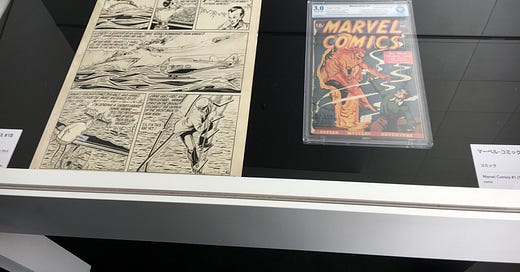



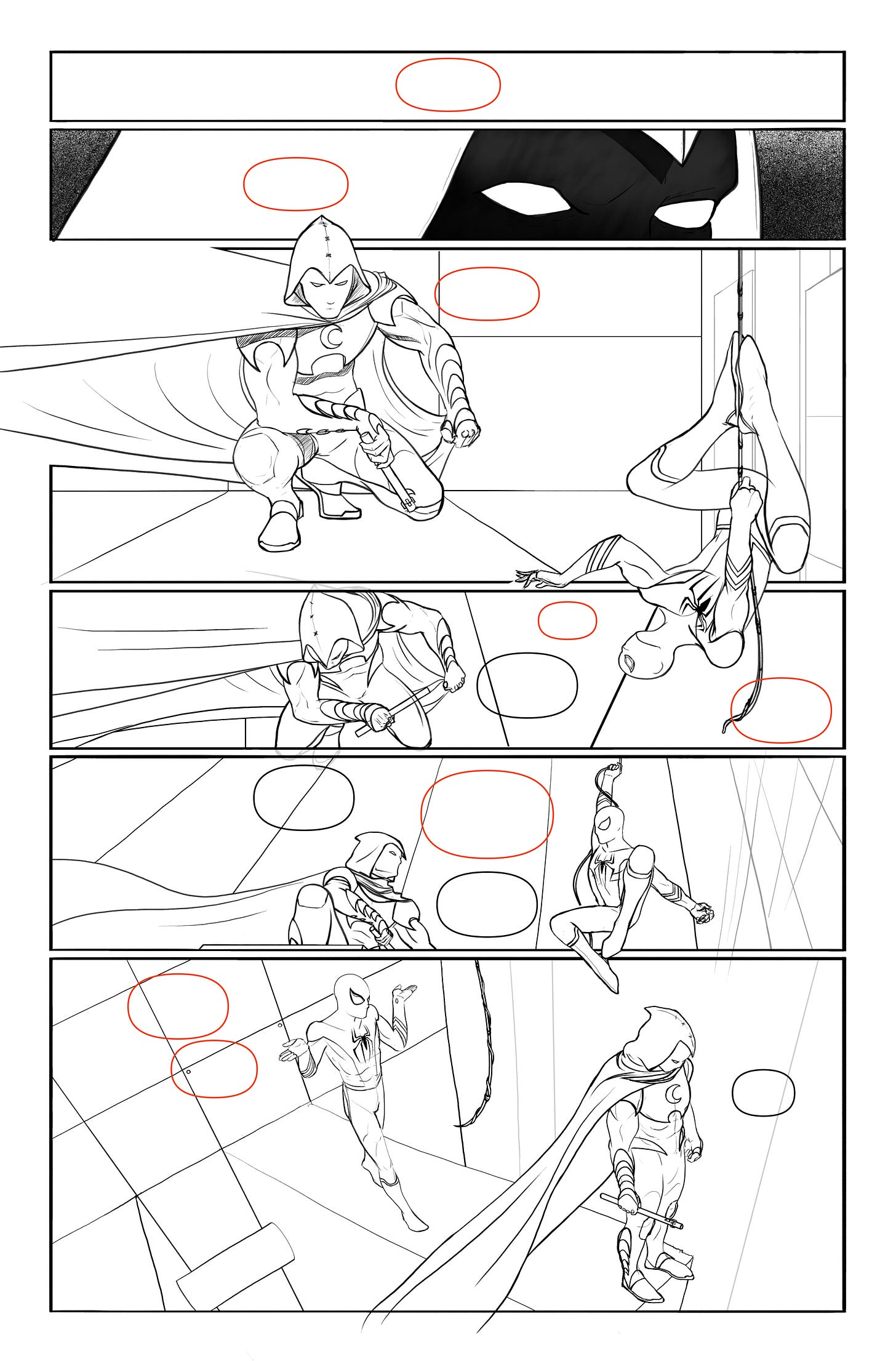
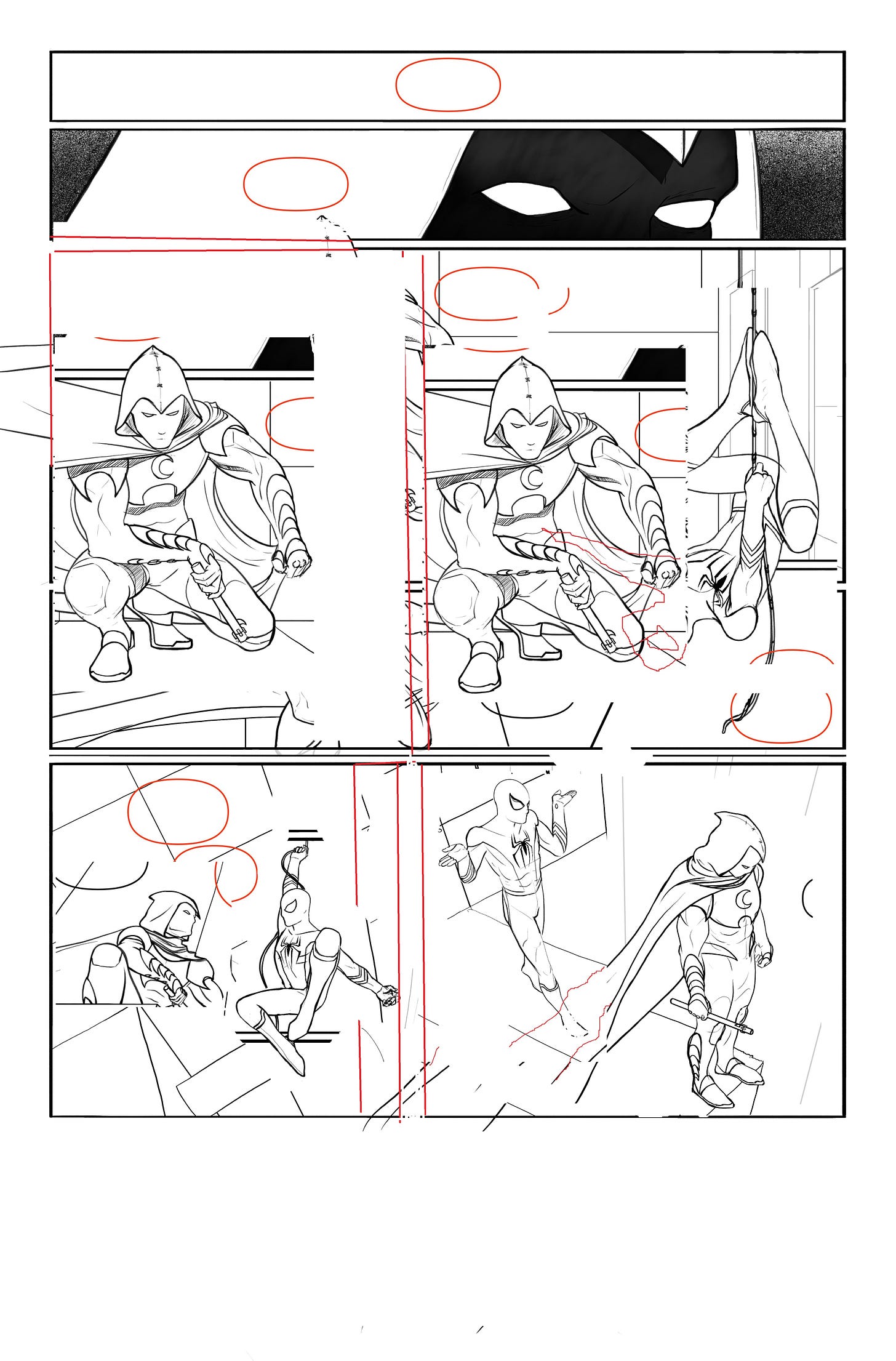
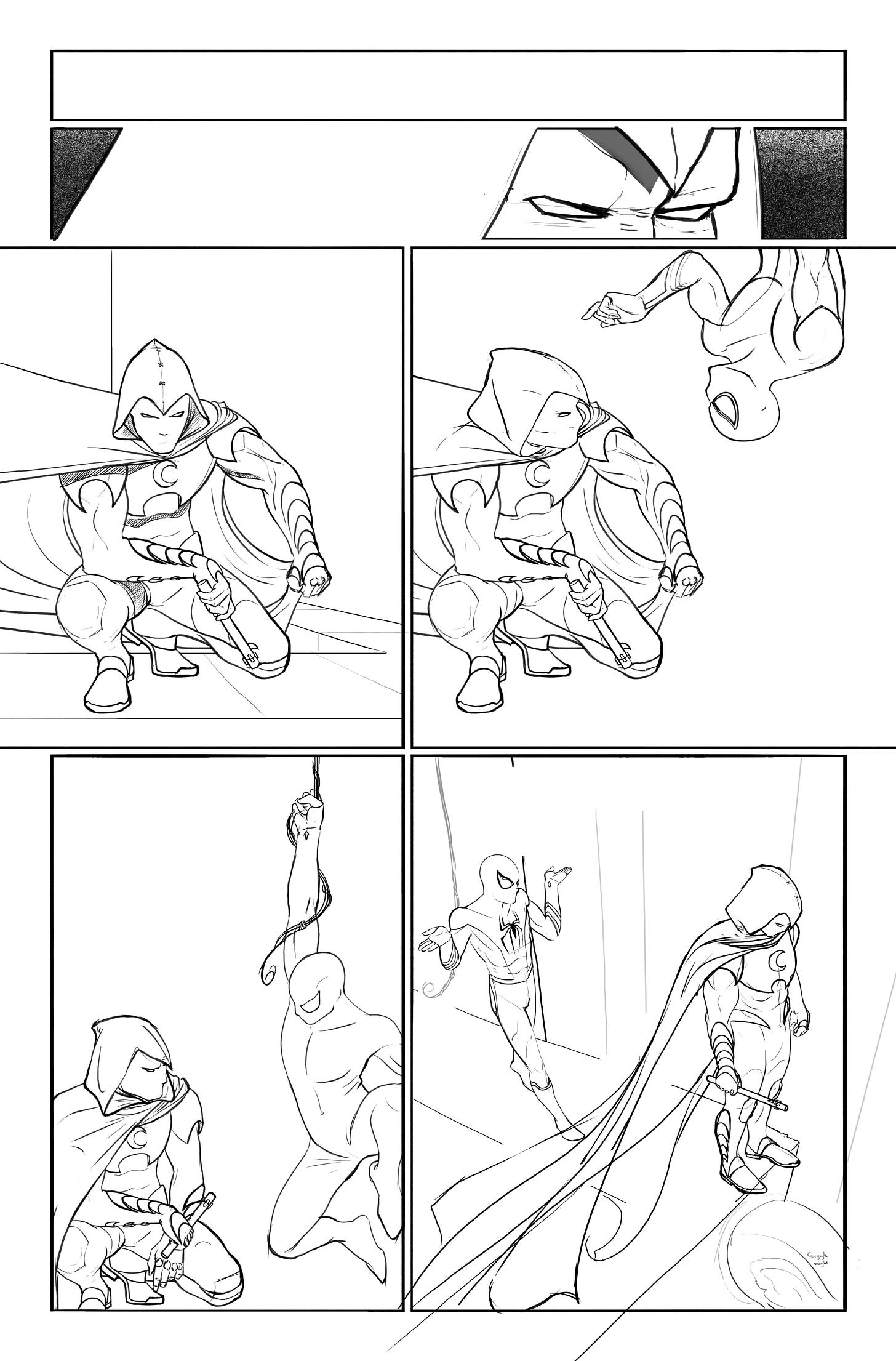
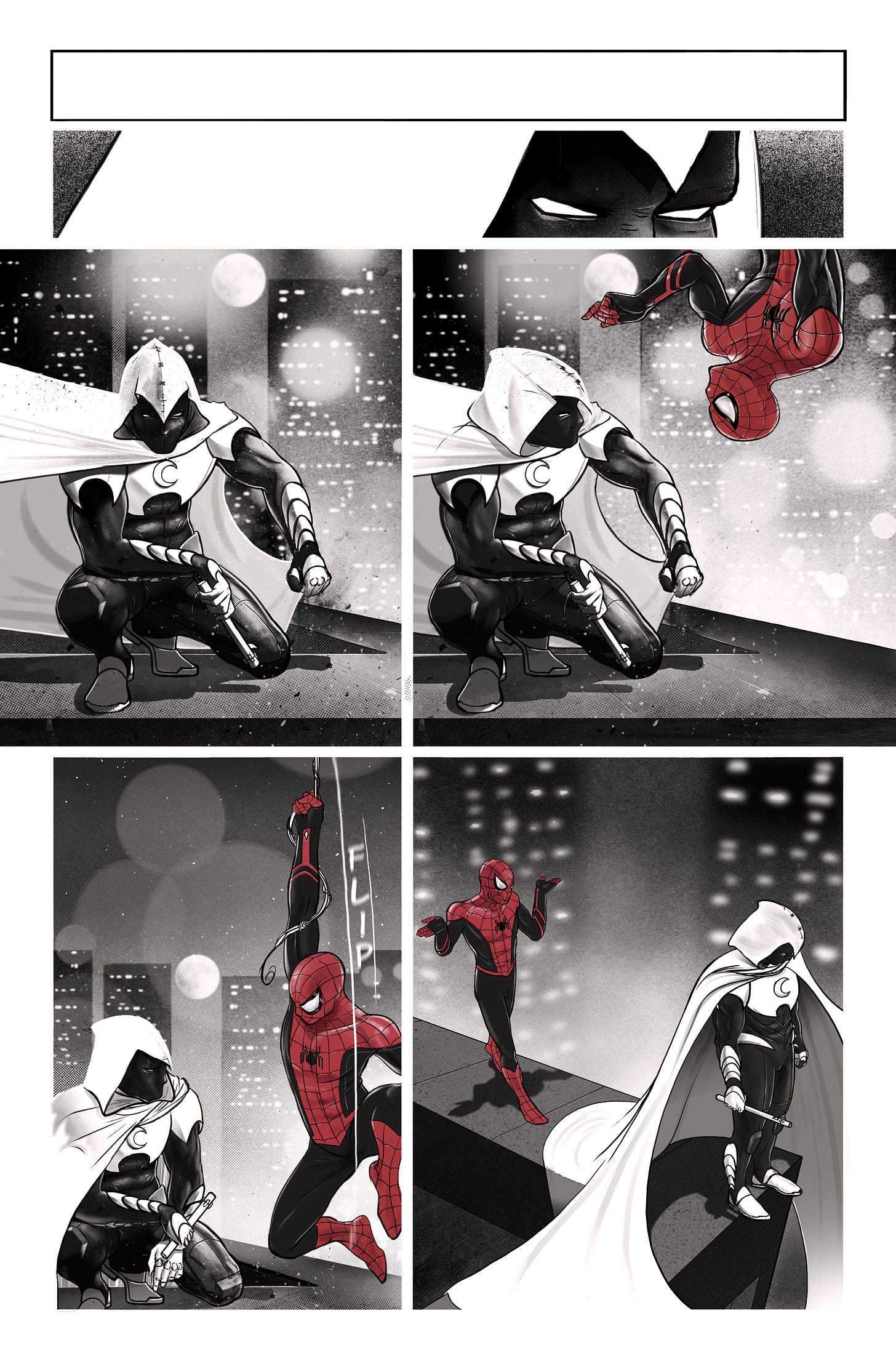
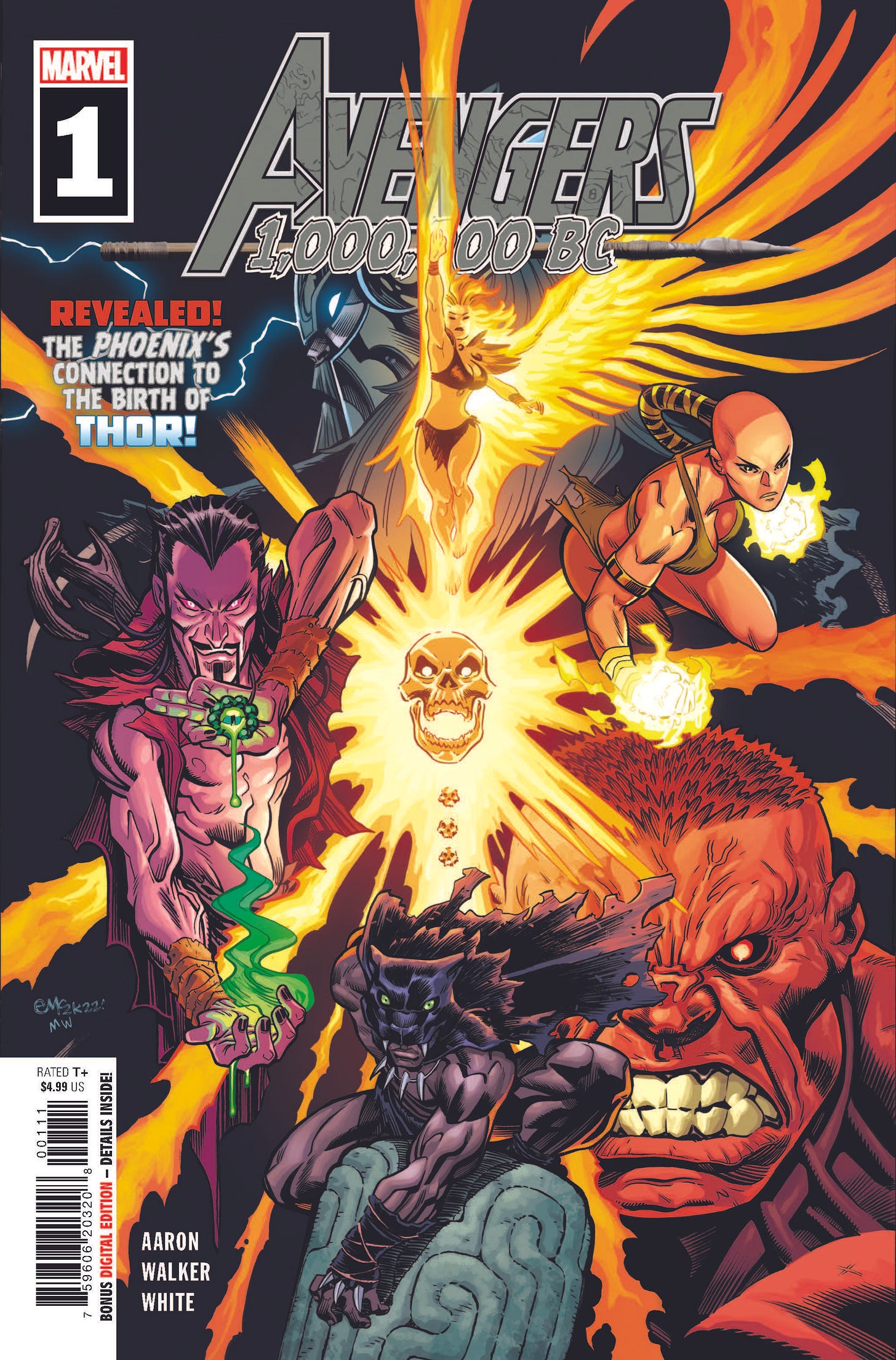
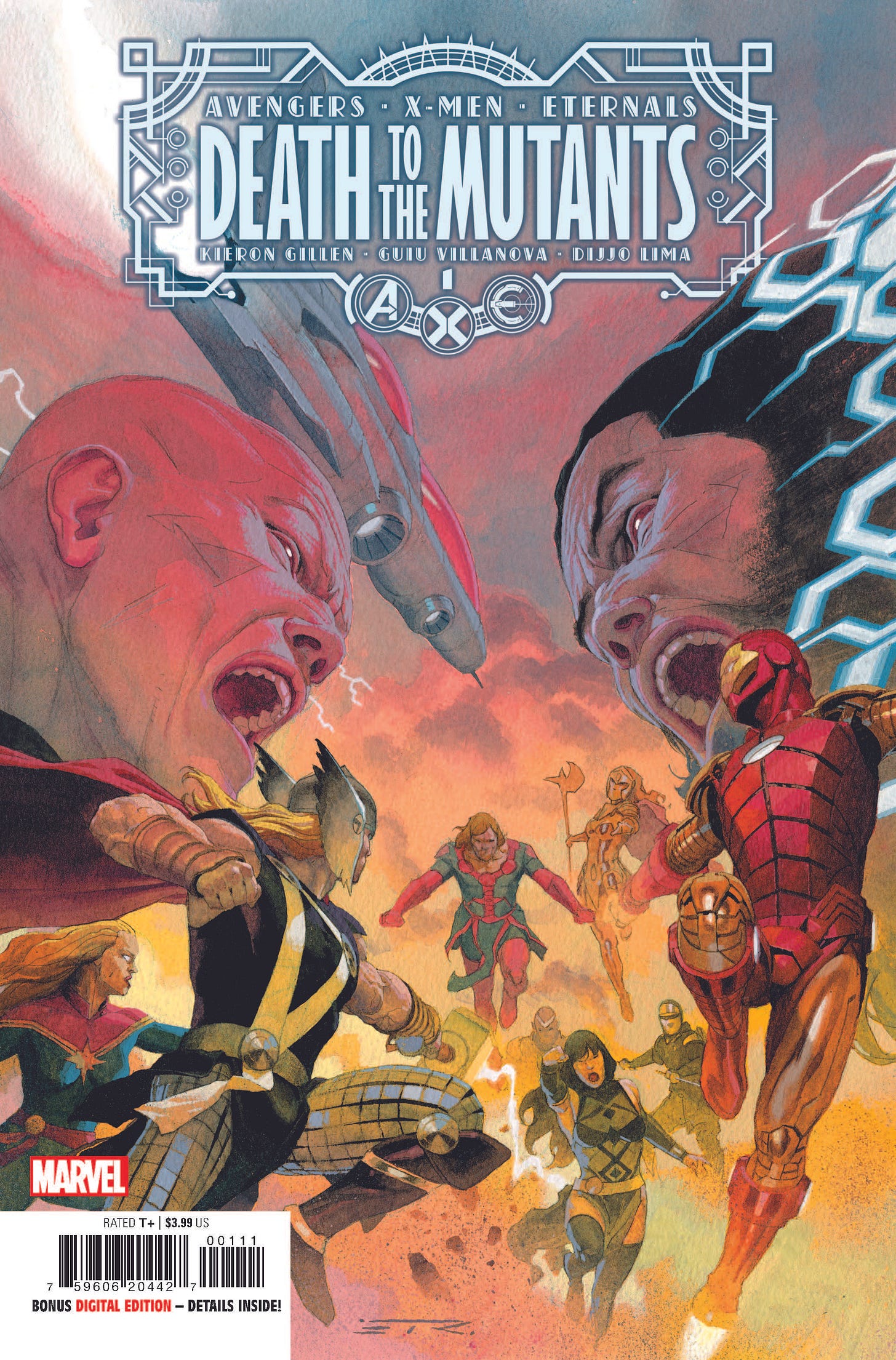
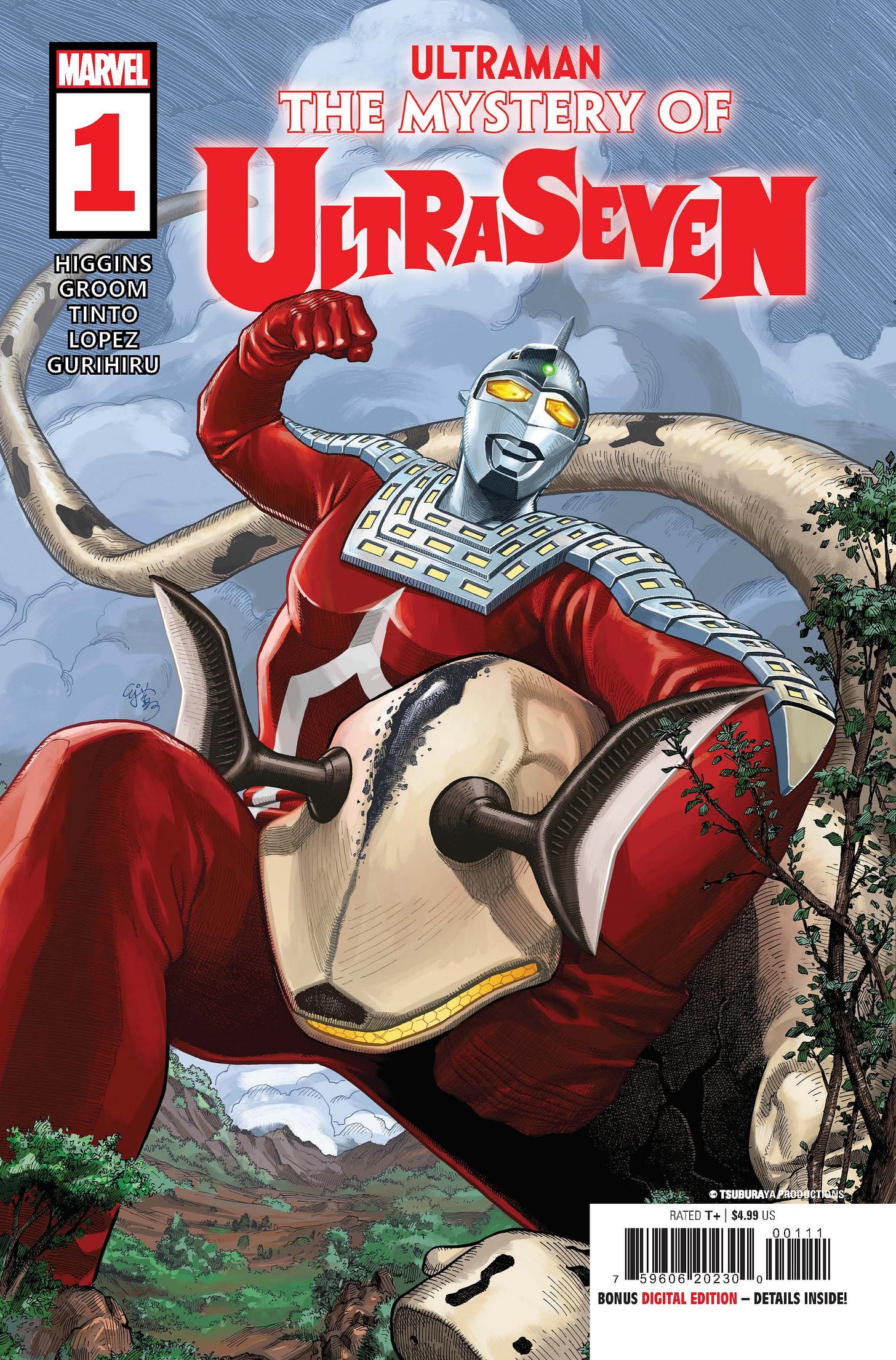
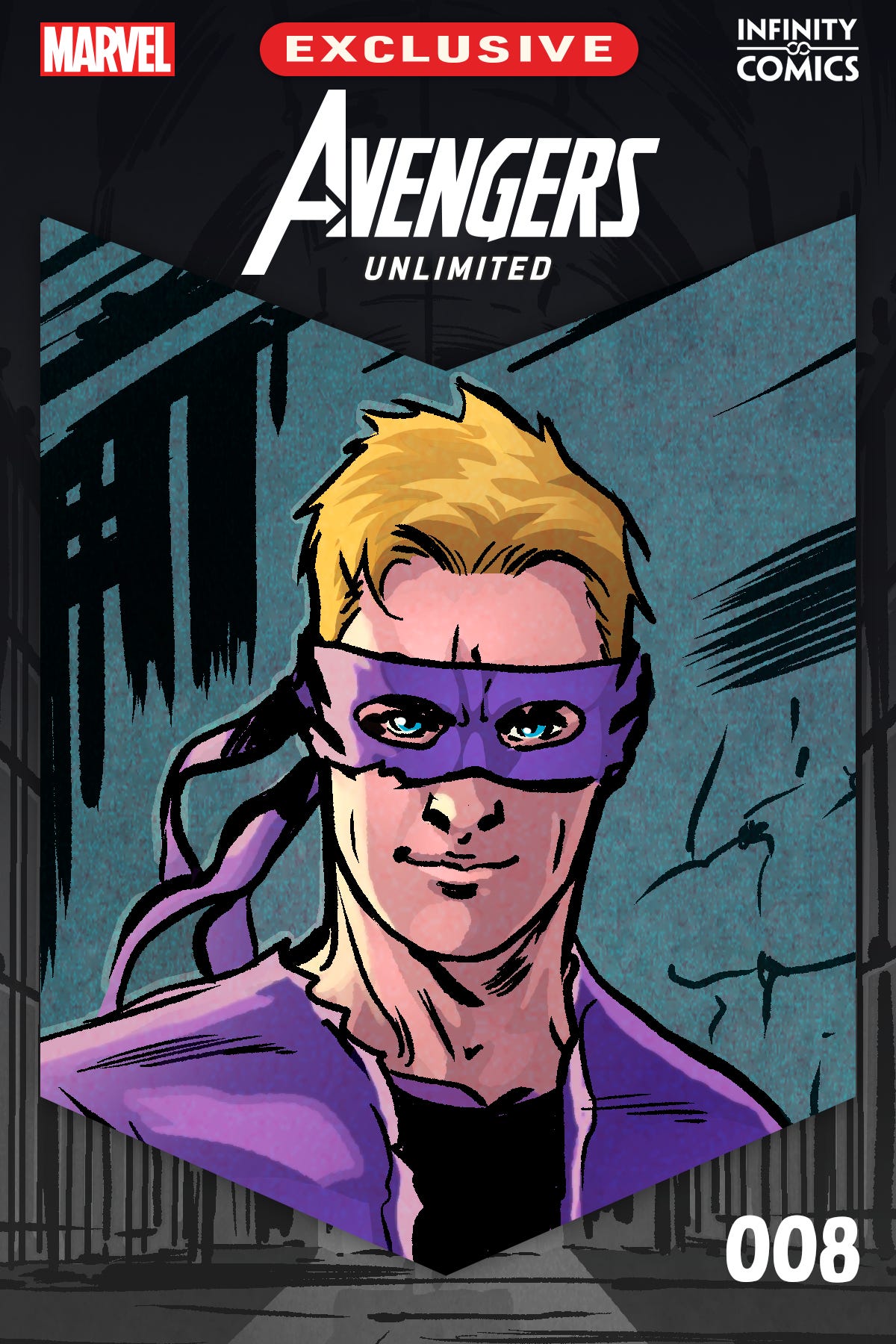
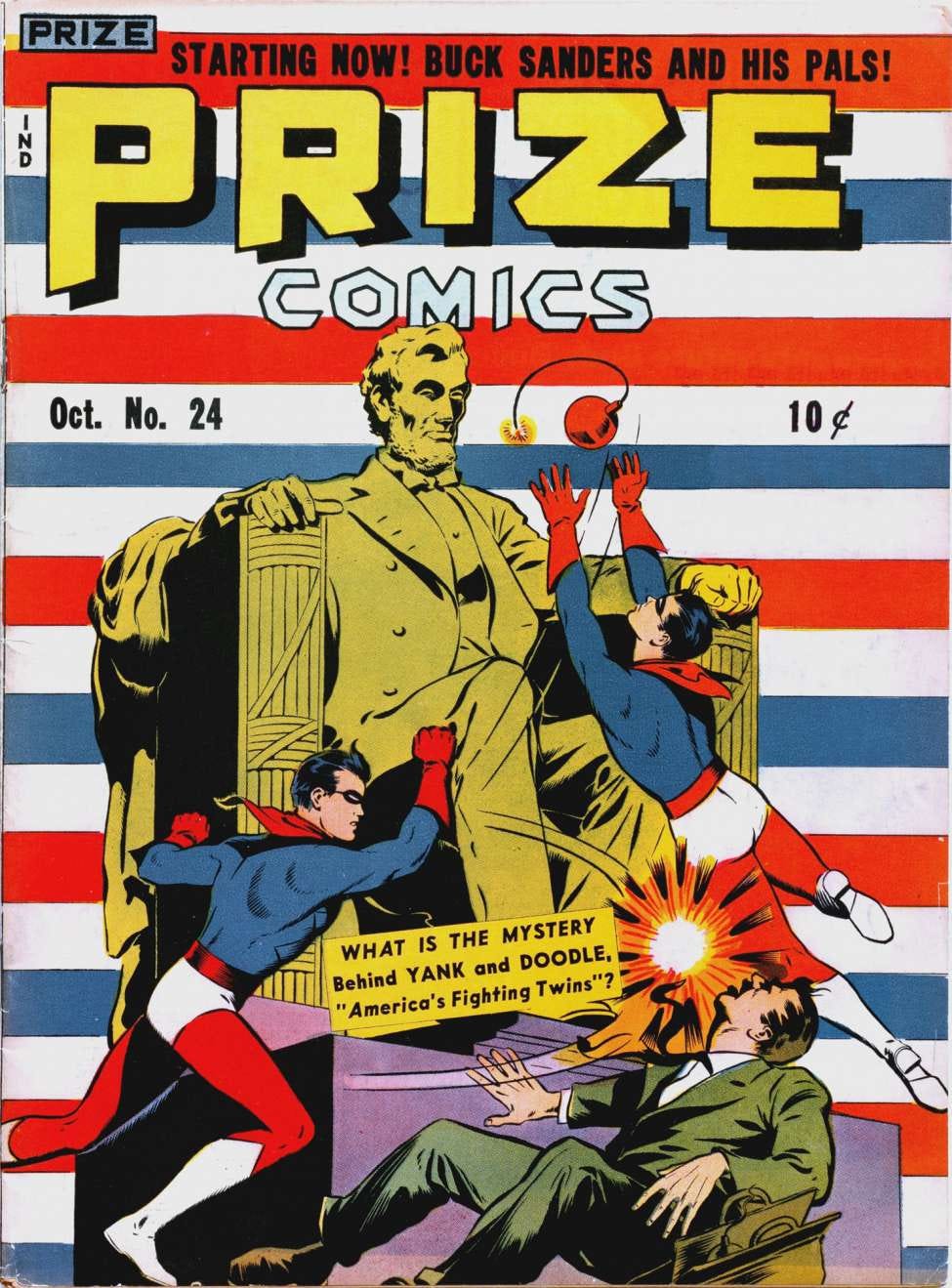
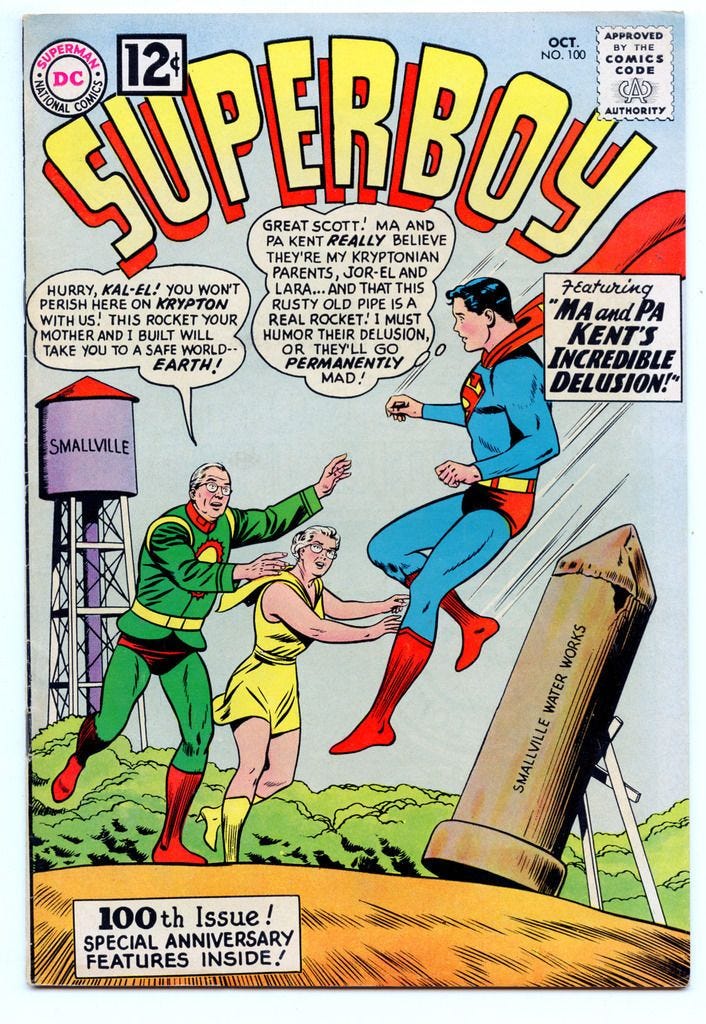
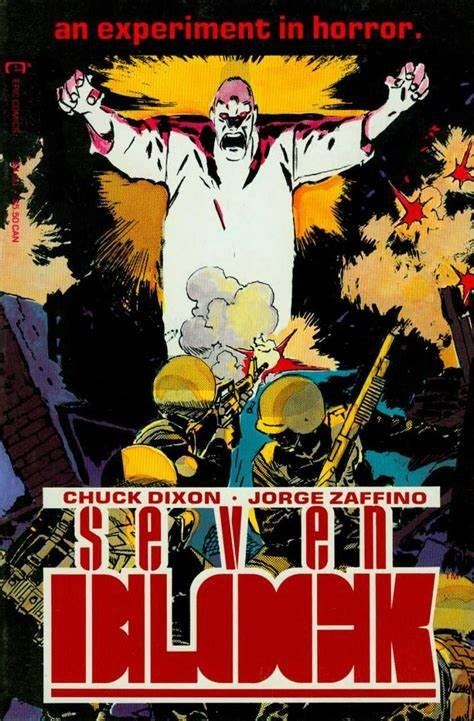
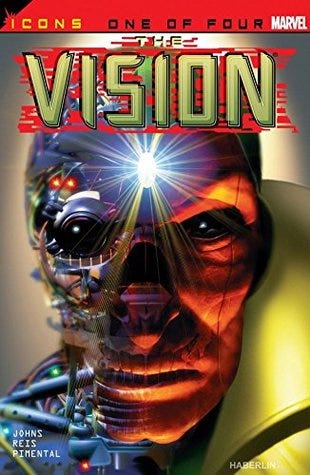
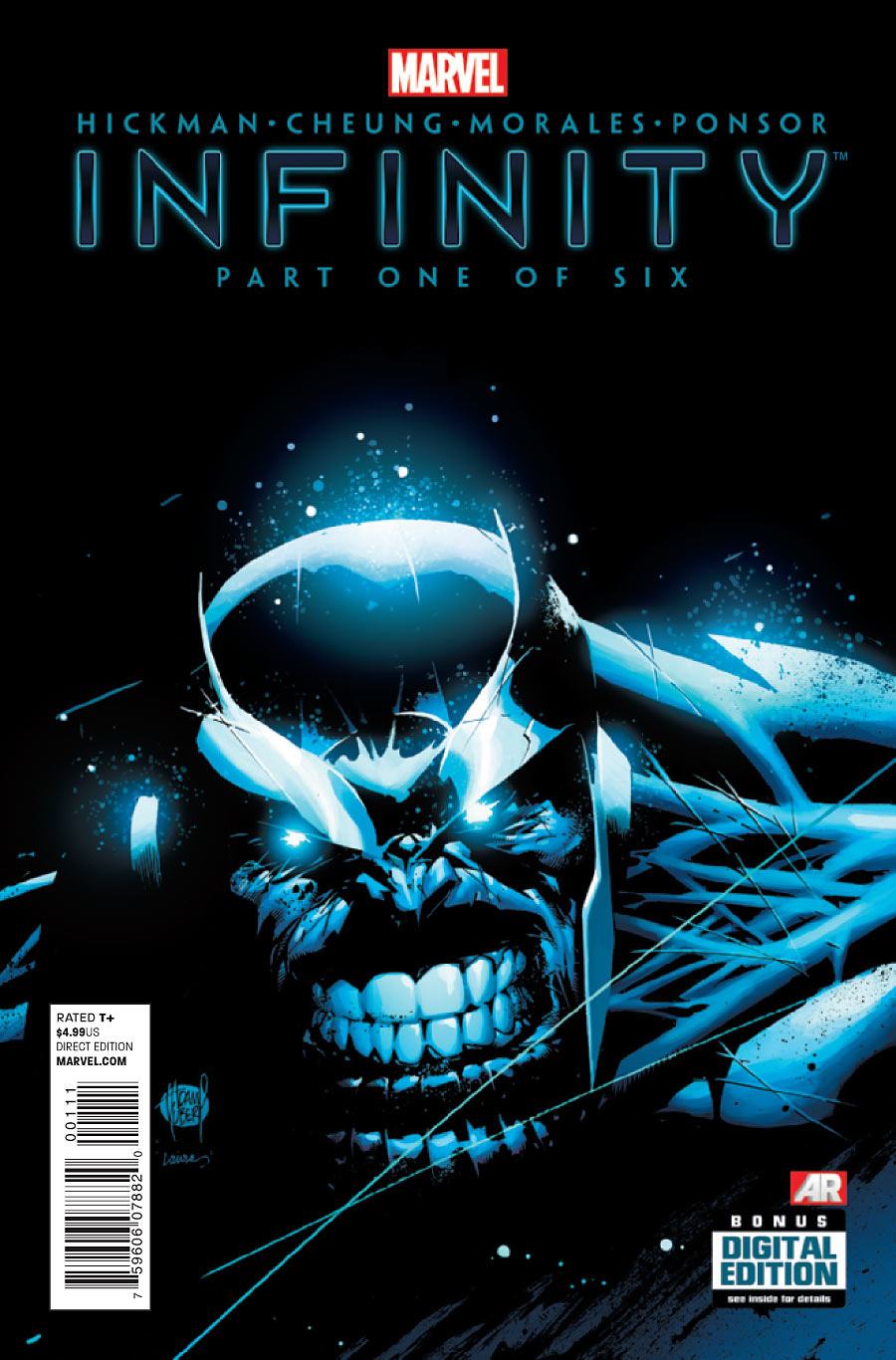
First off, how dare you say that my favourite subject is myself. My favourite subject is whether or not variant covers are destroying the industry and you KNOW that.
Secondly! This is more for the original questioner, but I will never again sign an exclusive contract. It made sense back when I did it with Marvel as it was the only way I was able to experience the fabled "Marvel Summits" (where Tom yells at all of us for ruining his beloved characters), but even so I only ever did so with one-year contracts because I hate that feeling of contractual obligation!
Nowadays I'm far too content having the freedom to work with specific editors that I like (ugh Tom included) and on projects across companies.
And this has been another edition of "Chip's Corner of Brevoort's Bulletin"!!!
RE: Comics websites: I feel that https://www.comicsbeat.com/ fits a lot of the holes left by Newsarama and CBR being what they are now. Heidi's team brings a lot to the table. I'm curious to see where Popverse (https://www.thepopverse.com/) goes. They have some talent there, but I'm not crazy about the paywall for some features. (I get it, but I wonder if the audience is large enough for that.)
I also feel like some of these sites don't do in-depth stuff as much because they're afraid of losing access to the professionals in the industry. You end up getting smaller, indie sites or bloggers doing the more investigative articles. The sports industry has similar issues. I think of MLB firing Ken Rosenthal for not repeating the company line during the lockout in his work outside of the MLB engine. I also suspect there's little to no money in this little niche arena.